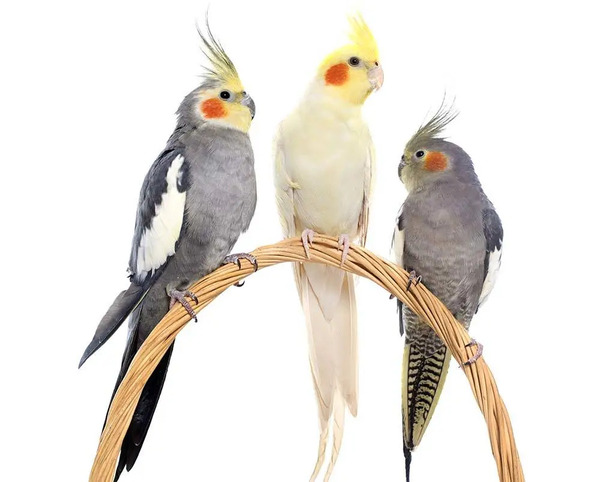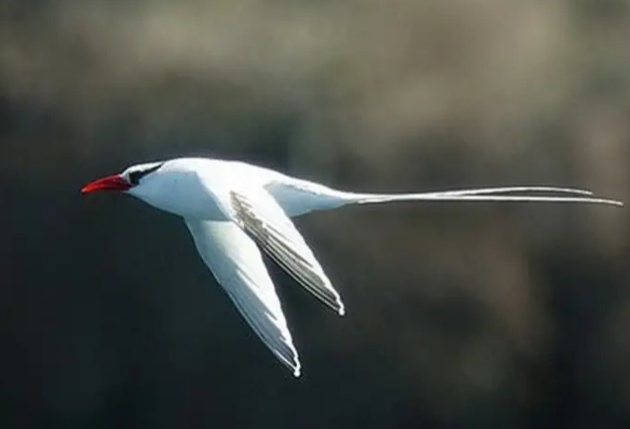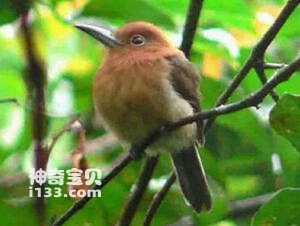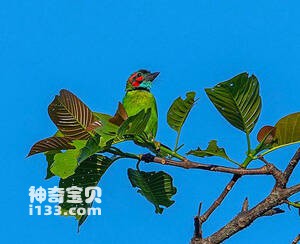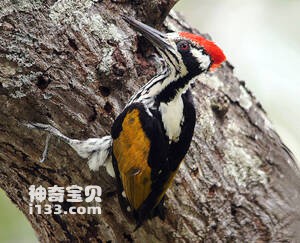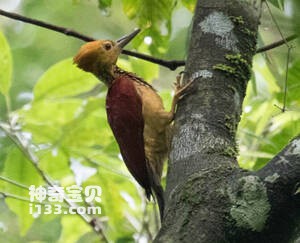Nyctyornis amictus
IUCN
LCBasic Information
Scientific classification
- name:Nyctyornis amictus
- Scientific Name:Red-bearded Bee-eater, Red-bearded Night Bee-eater, Red-bearded Night Bee-eater,Nyctyornis amictus,Red-bearded Bee-eater
- Outline:Climbing birds
- Family:Spathiphyllum Aplysia Noctiphora
Vital signs
- length:About 31 cm
- Weight:61-92g
- lifetime:No verification information
Feature
The feathers at the base of the throat are long and loose, forming a vibrisket
Distribution and Habitat
Distributed in Brunei, Indonesia, Malaysia, Myanmar and Thailand.
The red-bearded bee-eater is often found in evergreen forests of Dipterocarp, both in the plains and in moderate mountains around 1500 meters above sea level. The species spends most of its time in the middle strata of the woods or in the lower canopy that allows light to penetrate. They also inhabit flooded forests, swamps, woodlands near lagoons and sometimes even large wooded gardens. They are common in both primary and secondary forests throughout their range.
Appearance
Adult males have a web of small light blue feathers at the base of the mandible. The forehead, cap are bright purple-pink with pink reflections. The front cheeks, mandible and throat are scarlet. The feathers at the base of the throat are long and loose, forming a raspberry-red vibrissa with a dark green base. The eyes are surrounded by small bright blue feathers. The back of the head, cheeks, sides of the neck and upper part form a bright green whole. The bright green breast is largely obscured by the long throat feathers. The abdomen and undertail are pale green with faint blue stripes. The underwing area is bright light yellow. The tail is green above and brownish yellow below, except for a wide black terminal stripe. The bill is black with some gray at the base of the mandible. The throat is yellow. The iris is yellow or orange, and the legs are olive brown.
The adult female differs from the male by a narrow red band that starts in the middle of the forehead and extends to the b
Details
Red-bearded Bee-eater, no subspecies.
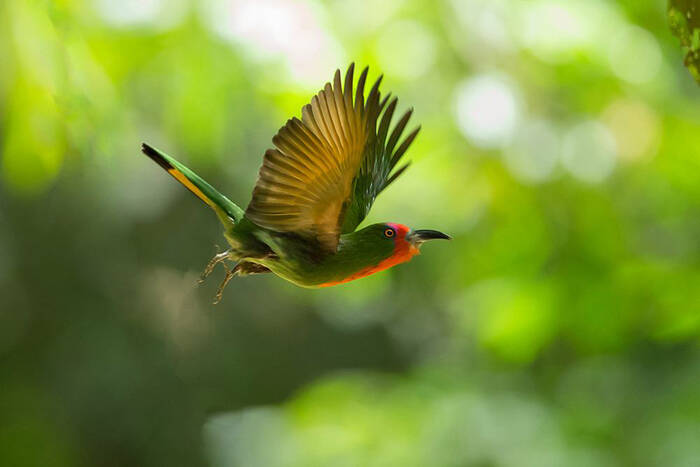
Although Red-bearded Bee-eater belongs to the genus Nyctyornis, their diet is very similar to that of the bee-eaters of the genus Merops. However, their hunting behavior is completely different. Red-bearded Bee-eaters hunt alone or in pairs. They stand on lookouts, partially hidden in the foliage of the treetops, sometimes dashing to catch an insect and then returning to another hidden perch. When hunting, they fly quickly between branches. They reach their perches by alternating between striking flight and gliding flight. They often position themselves near open areas, which makes it easier to maneuver to catch prey. The hunting technique of the Red-bearded Bee-eater is more similar to that of kingfishers than to other bee-eaters: they stay still for longer, almost inertly, and sometimes call in this situation. The Red-bearded Bee-eater stretches its body forward, inflating its breast feathers. With each call, it nods its head and the feathers on the top of its head stand up. When it rattles, it straightens and slightly lowers its tail.
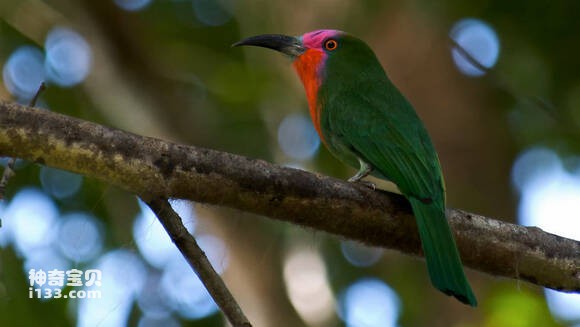
The red-bearded bee-eater feeds on insects caught in flight: cicadas, crickets, large beetles, termites, ants, wasps, hornets, carpenter bees, and other bees.
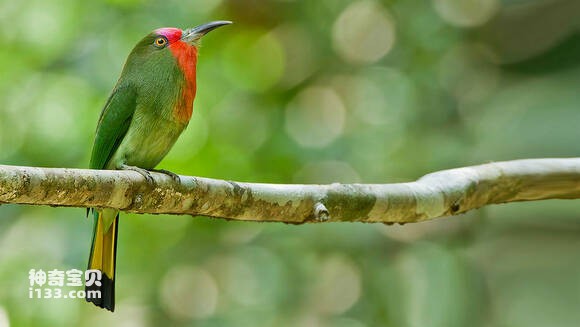
Red-bearded bee-eaters are cave dwellers. They dig holes in dikes, earth walls, river banks, and their caves must be able to accommodate their families. These birds drill many test holes side by side in the cliff wall, but only one is completed and occupied. The cave is about 1.2 meters long and has a chamber at the end, in which the female lays 3-5 eggs. Incubation is carried out by both parents. The spawning period varies by region. On the east coast of the Malay Peninsula, spawning occurs around August and January. On the west coast of the Malay Peninsula, spawning occurs in February. In Myanmar, the eggs hatch in March.

Listed in the IUCN Red List of Threatened Species 2016 ver3.1 - Least Concern (LC).
Listed in China's National List of Key Protected Wild Plants (August 7, 2021) Level 2.
Protect wildlife and eliminate game.
Maintaining ecological balance is everyone's responsibility!



